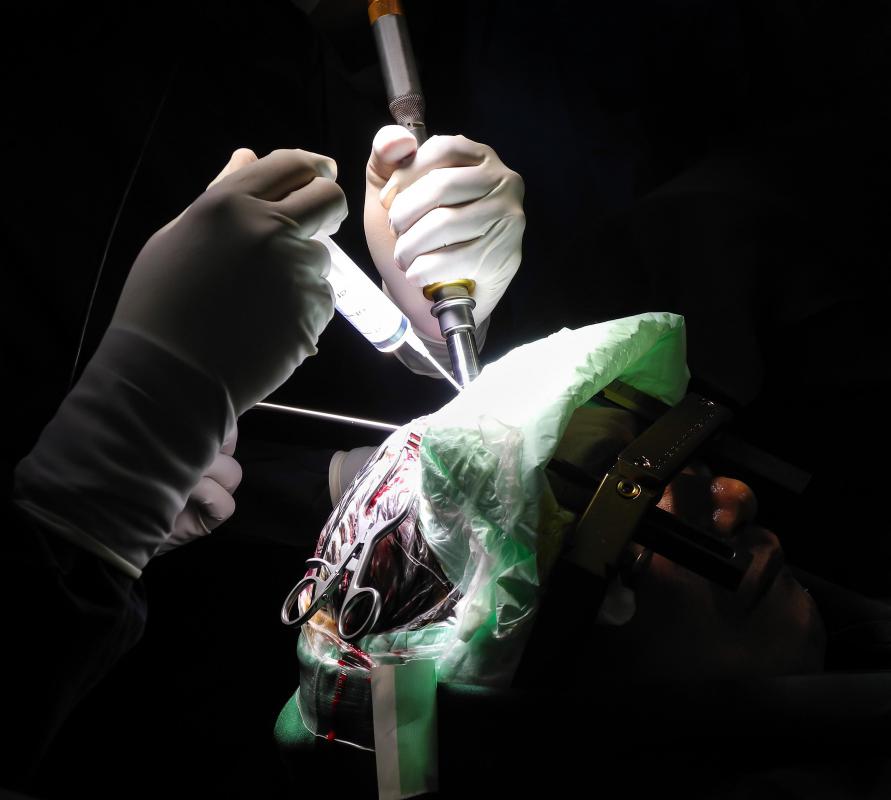At TheHealthBoard, we're committed to delivering accurate, trustworthy information. Our expert-authored content is rigorously fact-checked and sourced from credible authorities. Discover how we uphold the highest standards in providing you with reliable knowledge.
What is a Brain Stem Infarct?
A brain stem infarct, or brain stem infarction, is a type of stroke. It occurs when blood flow to the brain stem stops or decreases suddenly. This lack of blood, and the oxygen the blood carries, causes tissue death and organ failure. In some cases, a brain stem stroke can leave permanent damage.
Brain ischemia is the most common event that leads to a brain stem infarct. An ischemic stroke is the end result of three possible problems. Shock from an injury can cause a decrease in blood flow. Thrombosis is a blockage caused by a localized clot, somewhere close to the brain stem. An embolism, which is another type of clot located somewhere else away from the brain, can lead to a reduction of blood to the brain stem.

Two different types of an infarct in the brain stem are possible. A cerebral infarction occurs when the carotid arteries are affected, causing a damage to the cerebral cortex section of the brain. The lower brain stem can also be affected by problems with the vertebral arteries in the spine, called a spinal cord infarct. Regardless of which type of infarction occurs, damage can be life altering.

The symptoms of an infarct in the brain stem coincide with general stroke symptoms and are usually instantaneous. Slurred speech, trouble swallowing, and loss of balance are common. Brain stem ischemia can also cause numbness or tingling anywhere on the body, memory loss, and drooping eyelids. In severe cases, death results from widespread organ failure.

Exact causes of a brain infarction are determined through testing. A computerized tomography (CT) scan shows blood vessels and tissues, and magnetic resonance image (MRI) focuses on blood vessels. Carotid ultrasounds test the blood flow in carotid arteries with sound waves. An arteriography may be used to take images of arteries.
There are several types of medications that may be used to treat an infarct in the brain stem. Anticoagulants and antiplatelets stop clots from forming. Thrombolytics break up existing clots to restore proper blood flow. If seizures occur, anticonvulsants will be used. If oxygen tubing or ventilation is used to assist breathing, sedatives may be given for deep relaxation.

Many cases of brain infarctions will require surgery to treat the cause or repair the effects. A ventriculostomy can be used to reduce fluid build up in the brain, and a craniotomy can be used to remove blood that may accumulate. Carotid endarterectomy procedures can be used to widen carotid arteries to increase blood flow.
After treatment for the cause of the brain stem infarct, ongoing care is often needed. Regular neurological exams ensure brain function is normal. Physical therapy helps restore balance and provides condition-specific exercises. Speech therapy may be used to correct speech problems.
AS FEATURED ON:
AS FEATURED ON:

















Discuss this Article
Post your comments